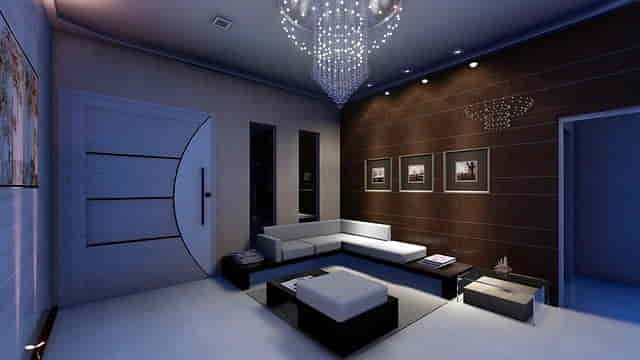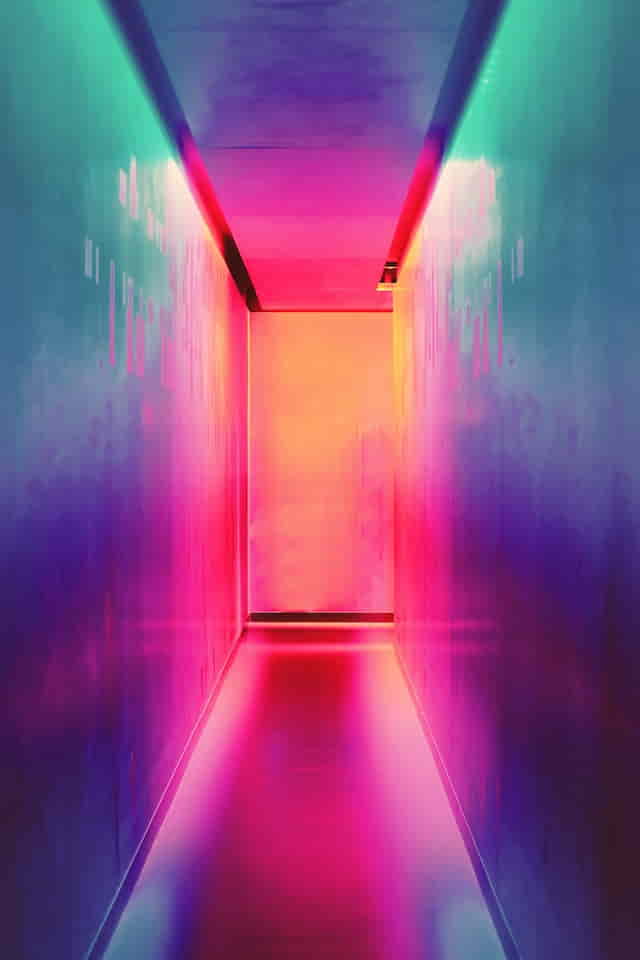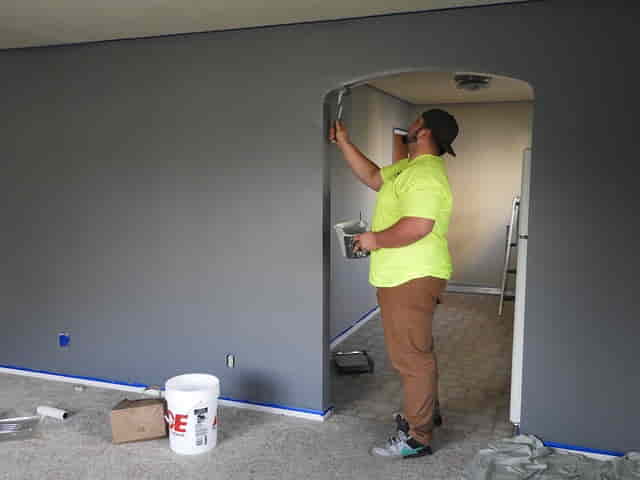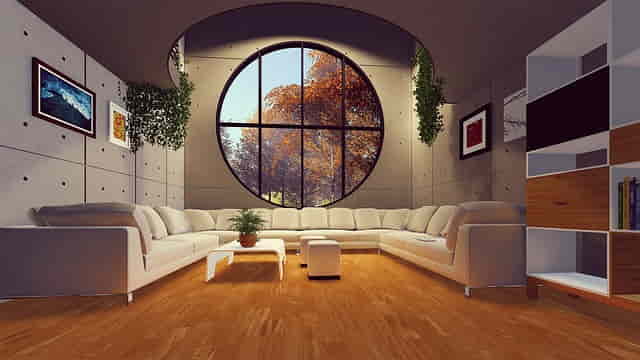Enhancing Spaces with Color Psychology in Interior Design
Introduction
When it comes to interior design and its tips, color plays a pivotal role in creating a harmonious and inviting atmosphere. The strategic use of colors can evoke emotions, set moods, and even influence behavior within a space. In this article, we will delve into the fascinating realm of color psychology in interior design, exploring how different hues can transform a room from mundane to magnificent.
The Basics of Color Psychology
Understanding Color Associations
Colors have distinct psychological associations that can impact human emotions and perceptions. Warm colors like reds, oranges, and yellows are often associated with energy, warmth, and passion. On the other hand, cool colors like blues, greens, and purples tend to evoke calmness, tranquility, and sophistication. Neutrals such as whites, grays, and beiges create a sense of balance and versatility.
Creating Mood and Ambiance
Interior designers harness the power of color psychology to create specific moods and ambiances within a space. For instance, a bedroom might be adorned in serene blues and soft pastels to promote relaxation, while a vibrant living room with bold red accents can encourage lively conversations and energy.

Integrating Color Psychology into Interior Design: Tips
Choosing the Right Colors for Each Room
Different rooms have unique functions, and color choices should align with their purposes. In a home office, for instance, productivity can be enhanced by incorporating shades of green or blue, known for boosting focus and concentration. For dining areas, warm and inviting tones like earthy browns and oranges can stimulate appetite and create a cozy setting.
Accentuating Architectural Features
Strategic color placement can draw attention to architectural features, enhancing the overall aesthetics of a room. Darker hues can be used to highlight a fireplace or a decorative alcove, while lighter tones may be applied to larger surfaces to make a room feel more spacious.

Beyond the Color Wheel: Unconventional Approaches Interior Design Tips
Monochromatic Elegance
Monochromatic color schemes, which involve using varying shades of a single color, can create a sophisticated and cohesive look. A monochromatic bedroom, for example, can evoke a sense of tranquility through the careful interplay of different tones of blue.
Contrasts and Accents
Bold color contrasts can infuse a room with vitality and visual interest. A modern kitchen with sleek white cabinets can be invigorated with a pop of vibrant red through accessories like barstools or pendant lights.
Overcoming Challenges and Considerations
Lighting Matters
It’s essential to consider how lighting conditions can influence how colors appear. Natural daylight might enhance the vibrancy of colors, while artificial lighting could alter their perceived tones.
Personal Preferences and Cultural Influences
Individuals’ responses to colors are subjective and can be influenced by cultural background and personal experiences. Designers must strike a balance between universally appealing color choices and individual preferences.
Certainly, let’s continue exploring the intriguing world of color psychology in interior design:
The Play of Patterns and Textures
Complementary Textures
Color isn’t the only element that influences a space – textures play a significant role too. Combining different textures can enhance the overall visual appeal of a room. For instance, pairing a plush velvet sofa with a sleek glass coffee table creates a dynamic contrast that keeps the eye engaged.
Harmonizing Patterns
Patterns, much like colors, can evoke emotions and set the tone for a room. Geometric patterns can convey a sense of order and modernity, while floral patterns can infuse a space with softness and nostalgia. Skillful pattern coordination can amplify the psychological impact of color choices.
Invoking Creativity with Color Zones Interior Design Tips
Zoning Techniques
Color zoning involves dividing a room into distinct areas, each with its unique color scheme. This approach is particularly effective in open-concept spaces, where it helps define different functions while maintaining a cohesive design. A living area might feature warm tones for coziness, while a dining zone employs refreshing cool hues.
Fostering Creativity
In workspaces or studios, specific color zones can boost creativity and innovation. Areas with shades of blue or green can stimulate brainstorming sessions, while a red-accented corner can encourage bold decision-making.

Breaking Stereotypes: Gender-Neutral Color Palettes
Embracing Diversity
Traditional gender associations with colors are becoming increasingly irrelevant in modern interior design. Soft pinks and bold blues are no longer strictly tied to gender-specific spaces. By embracing gender-neutral color palettes, designers can create inclusive environments that resonate with a diverse range of individuals.
Balancing Yin and Yang
Gender-neutral color schemes often blend warm and cool tones, achieving a balance that appeals to various sensibilities. This approach can lead to visually captivating spaces that transcend societal norms.
Sustainability and Eco-Friendly Design
Earthy Tones and Eco-Friendliness
The current emphasis on sustainability has led to an appreciation for earthy and natural colors. Using eco-friendly materials and earth-toned color palettes can create spaces that feel grounded and connected to nature, fostering a sense of well-being.
Impactful Green Design
Incorporating greenery not only adds color but also contributes to improved indoor air quality. Plants bring life to interiors, offering a touch of vitality and a link to the outdoors.
Customizing Color for Personal Wellness
Wellness-Centric Design
The concept of wellness-driven design is gaining momentum, and color psychology is at its core. Personal wellness can be promoted by using colors associated with relaxation and tranquility, such as soothing blues and serene greens, to create spaces that rejuvenate the mind and body.
Mindful Bedrooms
Bedrooms designed with well-chosen colors can foster better sleep and relaxation. Soft neutrals, gentle pastels, and muted shades can create a serene sleep haven, allowing occupants to unwind after a long day.

Conclusion
Color psychology is a captivating and dynamic aspect of interior design, with the potential to transform spaces into multifaceted experiences. By thoughtfully selecting and combining colors, designers can evoke emotions, alter perceptions, and craft environments that resonate with the human psyche. Whether it’s through the calming embrace of blues or the invigorating energy of reds, color psychology remains an invaluable tool for creating truly captivating interiors.




